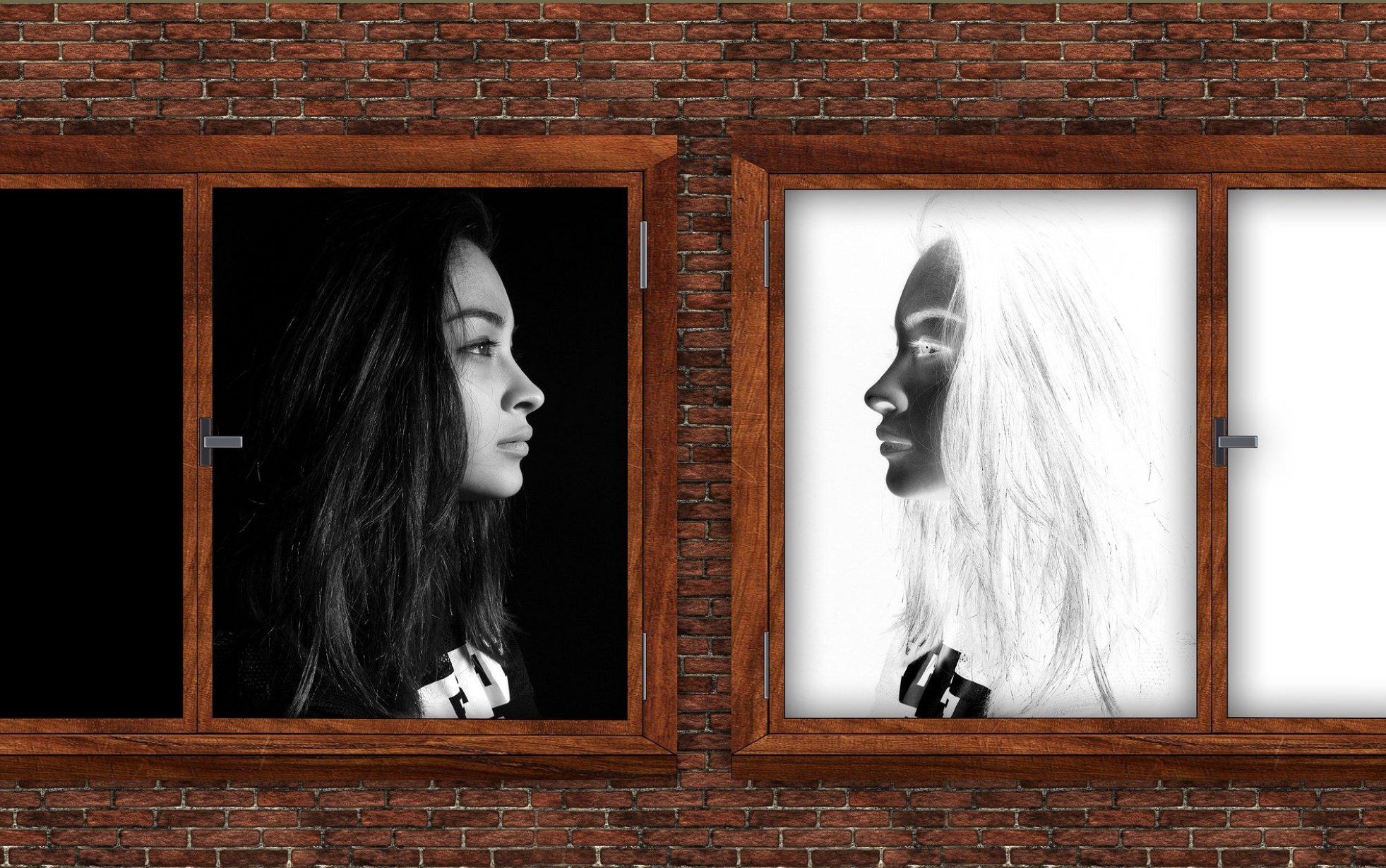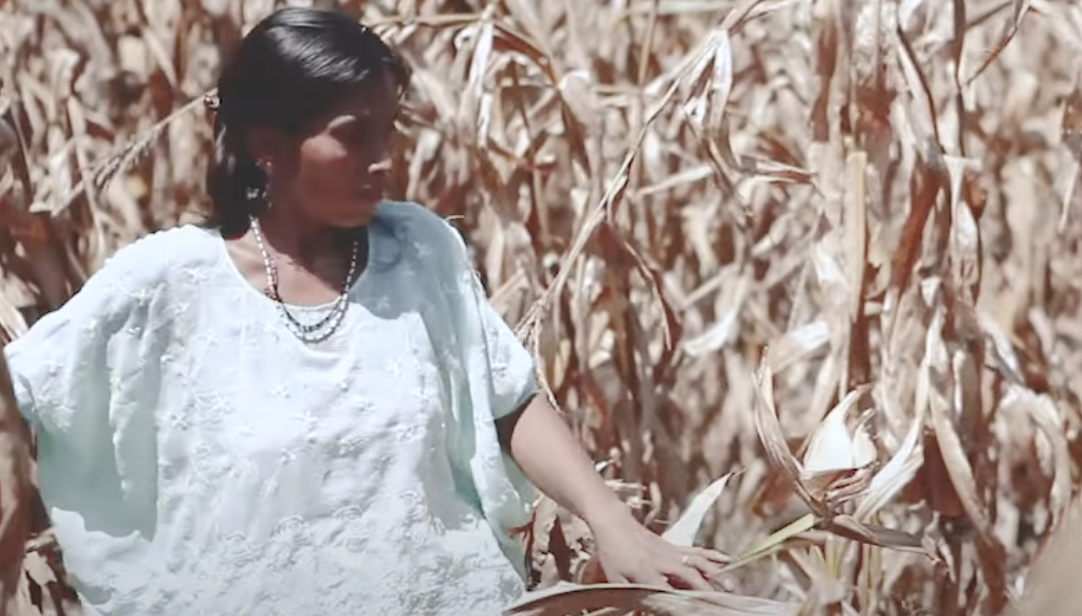
Stories as Mirrors & Windows: Cultural Positionality
How does our understanding of culture, when analyzing different text and media sources, encourage us to understand others and ourselves?
Grade Level
3rd - 6th
Subjects
English Language Arts
Social Studies/History/Social Sciences
Duration
2 days - 1 week
Mode
Asynchronous Online
Face-to-Face
Hybrid
Formative assessment with teacher and student feedback:
Students will receive feedback from 4 of their peers and from the teacher via a teacher-created rubric.
Modes:
Students will answer the following question using their choice of mode.
- Google docs or Microsoft word for written response in essay form
- Canvas or FlipGrid to record their spoken answers
- 3-way Venn Diagram
- Picture or art to reflect theme and values through symbols with labels to explain their own cultural tale.
Scaffolding/Support Levels:
Students can choose what type of support they engage with
- Peer support: students can work with partners to collaborate if they choose.
- Small teacher group: students who need a little extra support can work in a teacher-led group.
- Independent work: students can work independently if they choose.
Performance Task:
How do the cultural themes from the three texts help us understand similarities and differences in cultural practices, points of view (lenses/glasses), and positionality of the storytellers or characters, of others and ourselves.
- Explain how the characters in the tales are either similar or different from one another and to you. How does this help you understand who you are in relation to others?
- How do each of the authors use a different plot and cultural story to teach a lesson?
- What are some themes you learned about cultural practices and perspective taking?
- Write your own story highlighting one cultural practice and how it is similar or different from others’ cultures.
- What is the theme or lesson that this teaches you and others?
- How does your own positionality affect the way you told the story?
- How might the story be different if told by a person of another culture?
Procedures for Feedback
- After students submit their assignments, they will select 4 students, using the wheel of names, who will provide peer feedback.
- The teacher will share the students’ work with those 4 students for feedback.
- Students will use the rubric Lesson Rubric for providing feedback to peer’s work.
- Teacher will assess each student’s assignment with Lesson Rubric and will take into account the peer-feedback as a frame of reference for instructional next steps.
Trajectory

Acknowledged
Engages in discussions and activities around representative diversity and individual differences without grappling with structural oppressions. Culture is externalized and the focus is on the abstract. Minor discomfort may be felt and tensions are largely avoided.
Throughlines
Standards

Social Justice
Justice 13 - Students will analyze the harmful impact of bias and injustice on the world, historically and today.
Diversity 8 - Students will respectfully express curiosity about the history and lived experiences of others and will exchange ideas and beliefs in an open-minded way.

ISTE NETS
Empowered Learner 1c - Students use technology to seek feedback that informs and improves their practice and to demonstrate their learning in a variety of ways.
Knowledge Constructor 3d - Students build knowledge by actively exploring real-world issues and problems, developing ideas and theories and pursuing answers and solutions.






